The Science of Recovery: How to Maximize Gains Between Workouts
You train hard. You chase progressive overload, perfect your form, and track every macro. But here’s the uncomfortable truth: muscle growth doesn’t happen while you train—it happens when you recover.
Your time between workouts determines whether you build new strength or stay stuck in a cycle of fatigue.
This guide breaks down the physiology of recovery, gives you actionable tactics to speed the process, and explains how strategic nutrition and supplementation can give your body every advantage.
1. Recovery 101: What’s Happening Inside Your Muscles
Training creates microscopic damage to muscle fibers. This isn’t a bad thing—it’s the stimulus for adaptation. After lifting, the body enters a repair phase called muscle protein synthesis (MPS), rebuilding fibers thicker and stronger.
Key players during this window include:
- Satellite cells: Muscle stem cells that fuse with damaged fibers to trigger growth.
- Hormonal signals: Testosterone and growth hormone promote tissue repair, while cortisol (a stress hormone) can slow it if chronically elevated.
- Energy systems: Depleted glycogen stores need replenishing to restore performance.
Your mission: create an environment where these processes can run at full speed.
2. Sleep: Your Most Anabolic Tool
Nothing rivals quality sleep for recovery. During deep sleep stages, the body releases growth hormone, which drives protein synthesis and fat metabolism.
Science Check:
A 2019 meta-analysis in Sports Medicine found athletes who slept less than 7 hours experienced slower strength gains and higher injury rates.
Action Plan
- Aim for 7–9 hours of consistent sleep.
- Keep your room cool (60–67°F) and dark to promote deep stages.
- Limit screens or blue light for at least 30 minutes before bed.
- Consider a small protein snack—like a Post ISO shake—before bed to maintain amino acid availability overnight.
3. Nutrition Timing: Feed the Rebuild
Your body needs raw materials to repair tissue and restore energy.
Protein Quality Matters
Muscle protein synthesis depends on essential amino acids—especially leucine—to trigger growth.
- UXO Post ISO Whey Isolate delivers fast-digesting, high-leucine protein with virtually zero lactose, perfect within 30–60 minutes post-workout.
Carbs for Glycogen
Hard training depletes muscle glycogen. Replenishing it accelerates recovery and prepares you for the next session.
- Pair Post ISO with a carb source like Fuel Point, which uses 2 of the fastest digesting carb sources for quick absorption without stomach upset.
Hydration & Electrolytes
Even mild dehydration slows recovery.
- Aqua Spike Electrolytes provide sodium, potassium, and magnesium to keep fluid balance optimized.
4. Active Recovery vs. Complete Rest
Not all “off days” are created equal.
- Active recovery: Low-intensity cardio, mobility drills, and foam rolling increase blood flow, delivering nutrients to sore muscles and clearing metabolic byproducts.
- Complete rest: Best after extreme CNS-taxing sessions (heavy squats, max deadlifts) or if you’re experiencing deep fatigue.
Pro Tip:
Use a heart-rate variability (HRV) tracker to gauge readiness. A low HRV can signal the need for a full rest day.
5. Supplements That Support the Process
Supplements won’t replace training or nutrition—but the right ones can accelerate recovery.
- Creatine Monohydrate- Increases cellular energy (ATP) to reduce fatigue and support muscle repair.
- Collagen Type I & III- Supports tendons, ligaments, and joint health—often the limiting factor in heavy training.
- Omega-3 Fish Oil- Reduces inflammation and supports heart & joint health.
- Incendiary Fat Burner (for cutting phases)- Contains GlucoVantage®, CaloriBurn®, and MitoBurn® to improve metabolic efficiency and fat utilization without harsh stimulants.
6. The 48-Hour Post-Leg-Day Recovery Blueprint
Immediately After Trainin
- 1 scoop Post ISO + 1 serving Fuel Point + 16 oz water
- 5 g Creatine Monohydrate
Evening
- Collagen shake or add to a smoothie for joint support
- Light 20-minute walk for blood flow
- 10 minutes of mobility work
Next Morning
- Aqua Spike electrolytes on waking
- High-protein breakfast (30–40 g protein)
- Optional light cardio or active recovery (bike, swim)
Bedtime
- 7–9 hours of sleep in a cool, dark environment
- Optional Post ISO shake for overnight amino acids
7. Key Takeaways
- Train Hard, Recover Harder: Recovery is when strength is built.
- Prioritize Sleep: Growth hormone surges during deep sleep.
- Feed the Rebuild: High-quality protein and fast carbs jumpstart repair.
- Support with Science: Creatine, Collagen, Omega-3s, and electrolytes all have peer-reviewed backing.
Final Word
Training is the spark—recovery is the fire.
Dialing in sleep, nutrition, and supplementation is the difference between a body that simply survives workouts and one that thrives.
Built from Battle. Rebuilt by Recovery. Explore the UXO Build Your Own Bundle page to save up to 20% and get a FREE gift with purchase.
Featured product
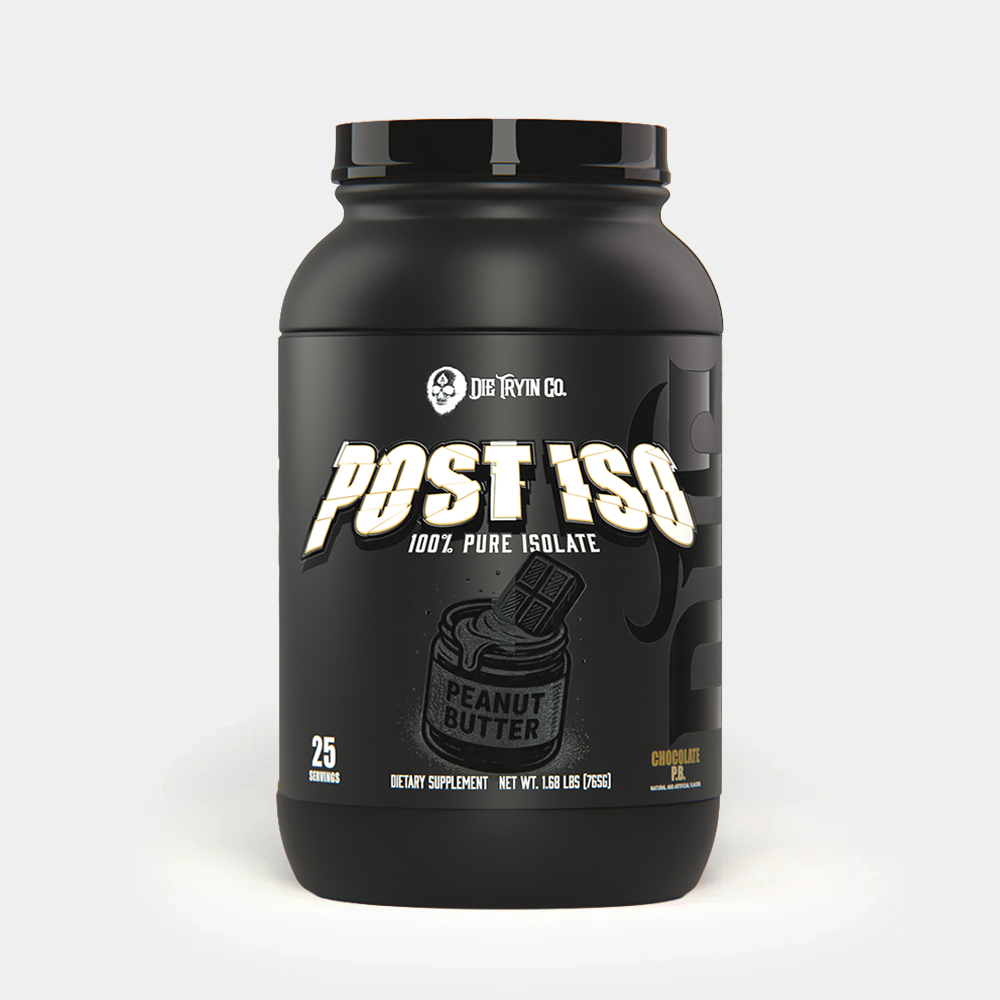
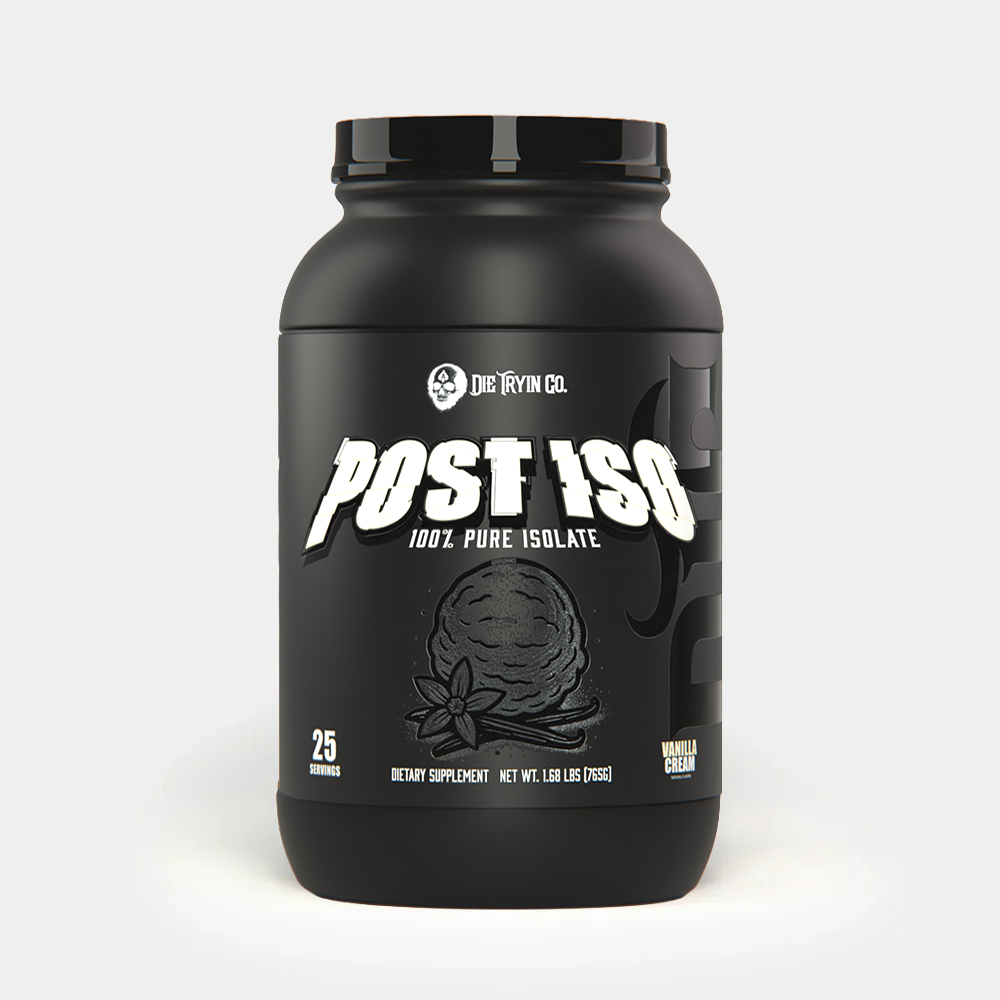

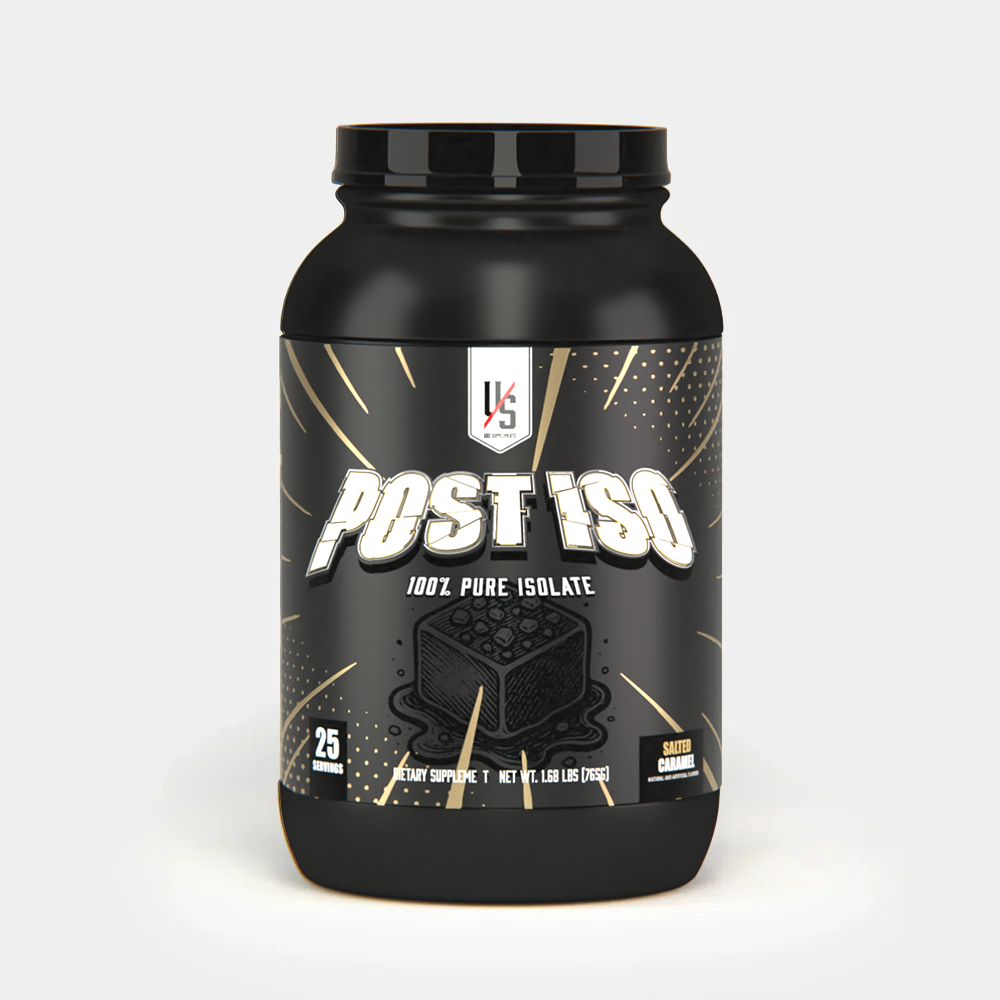
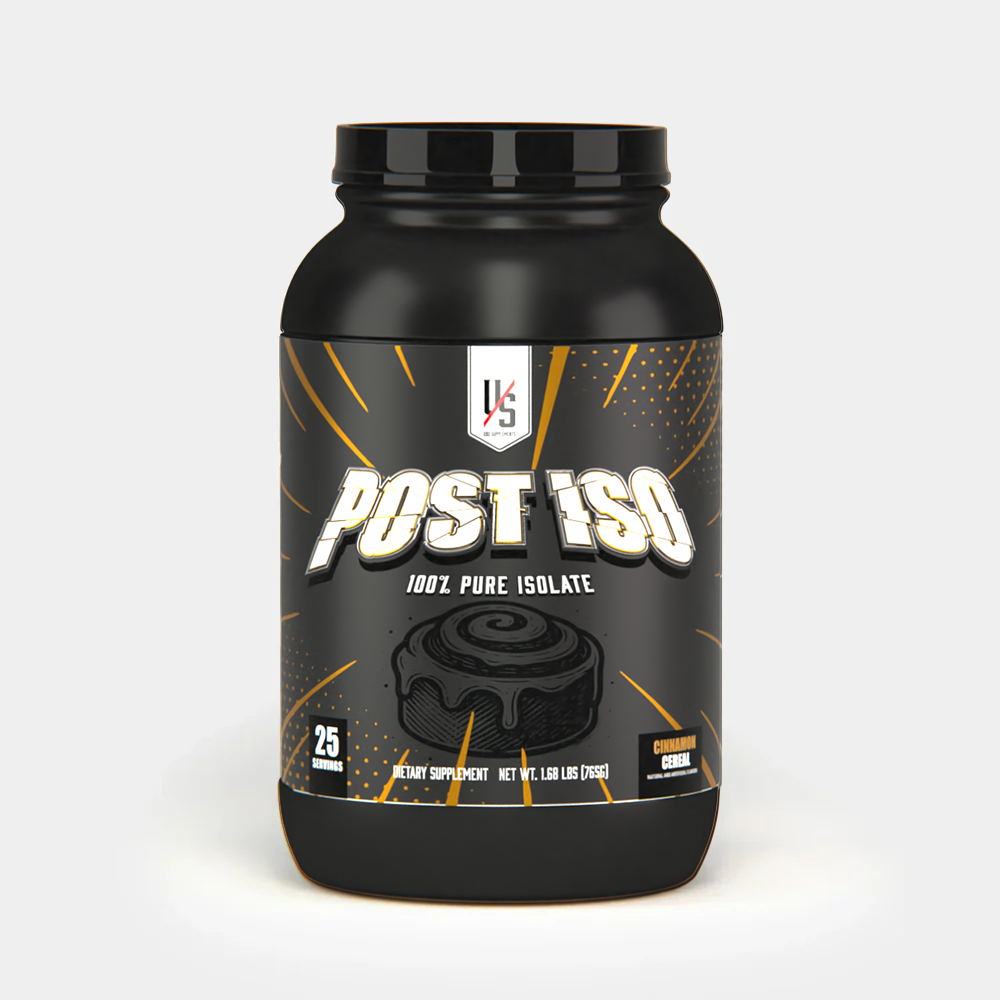

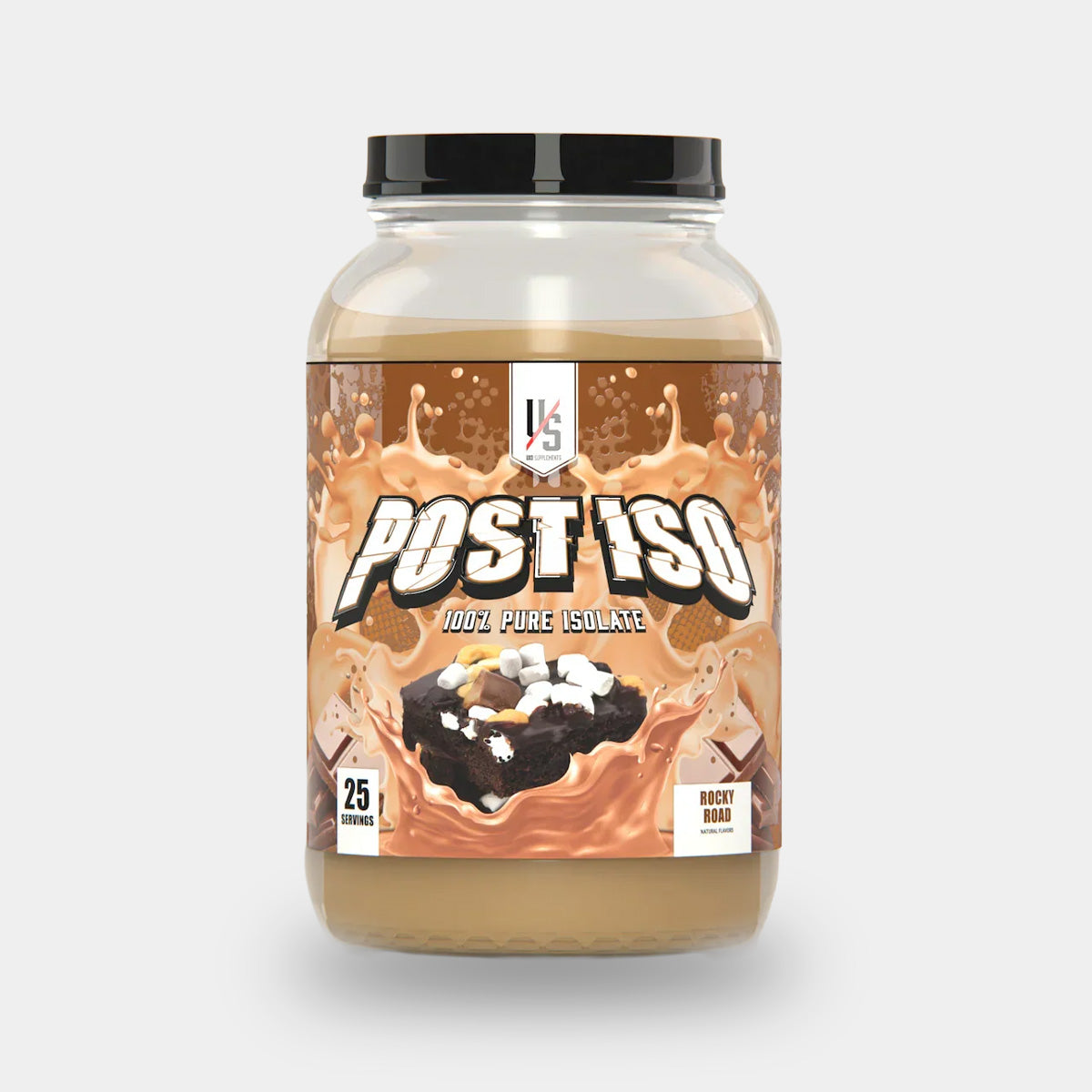
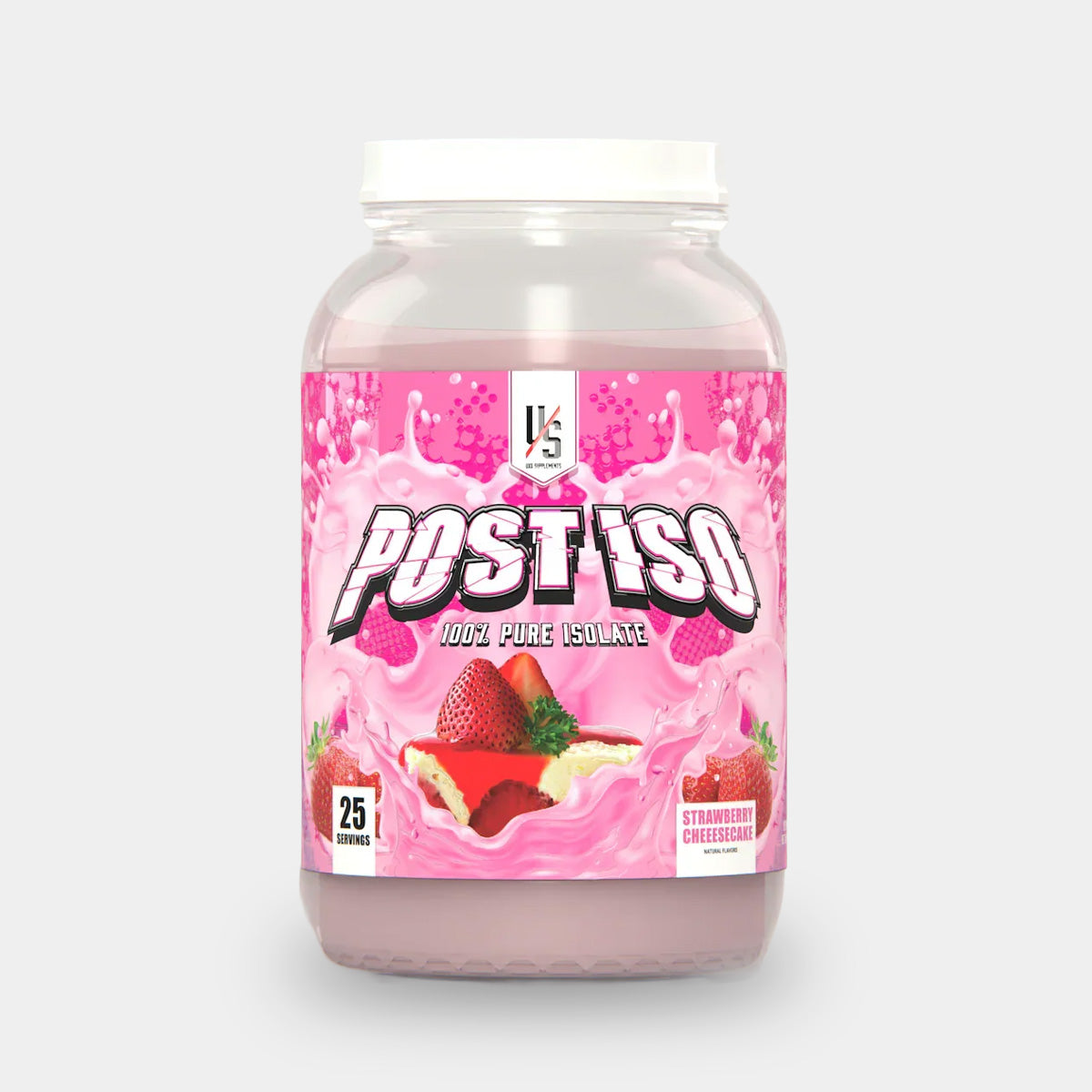
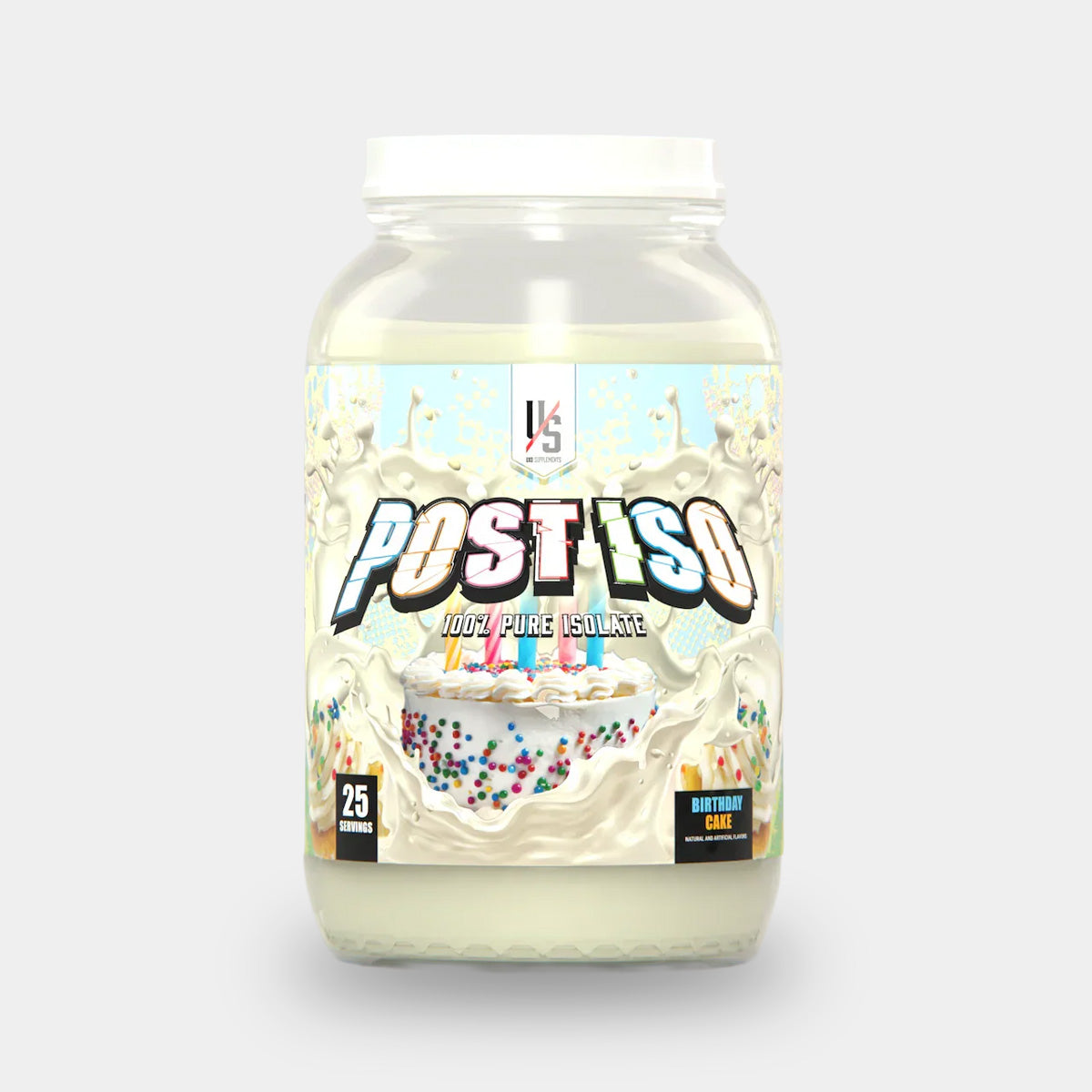
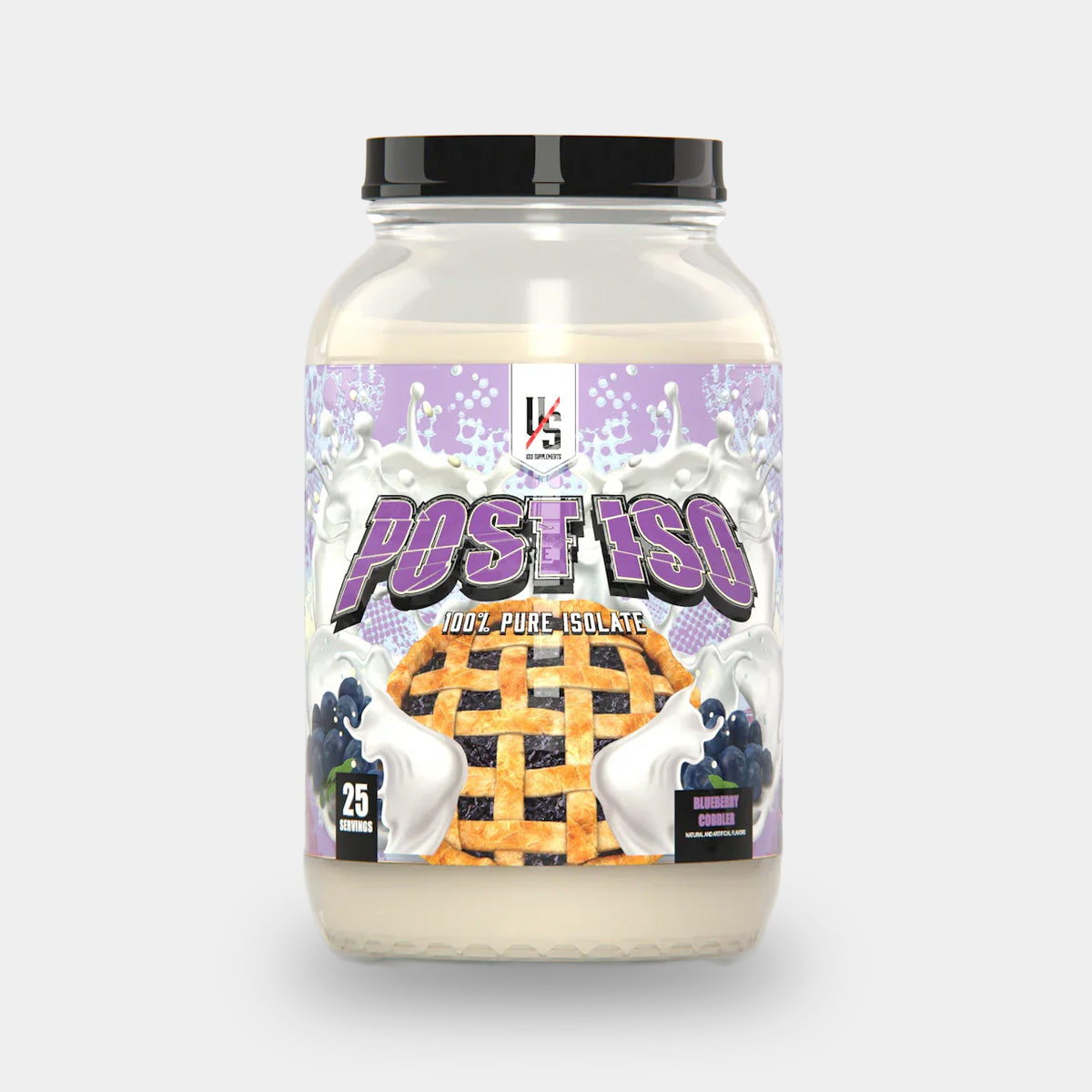
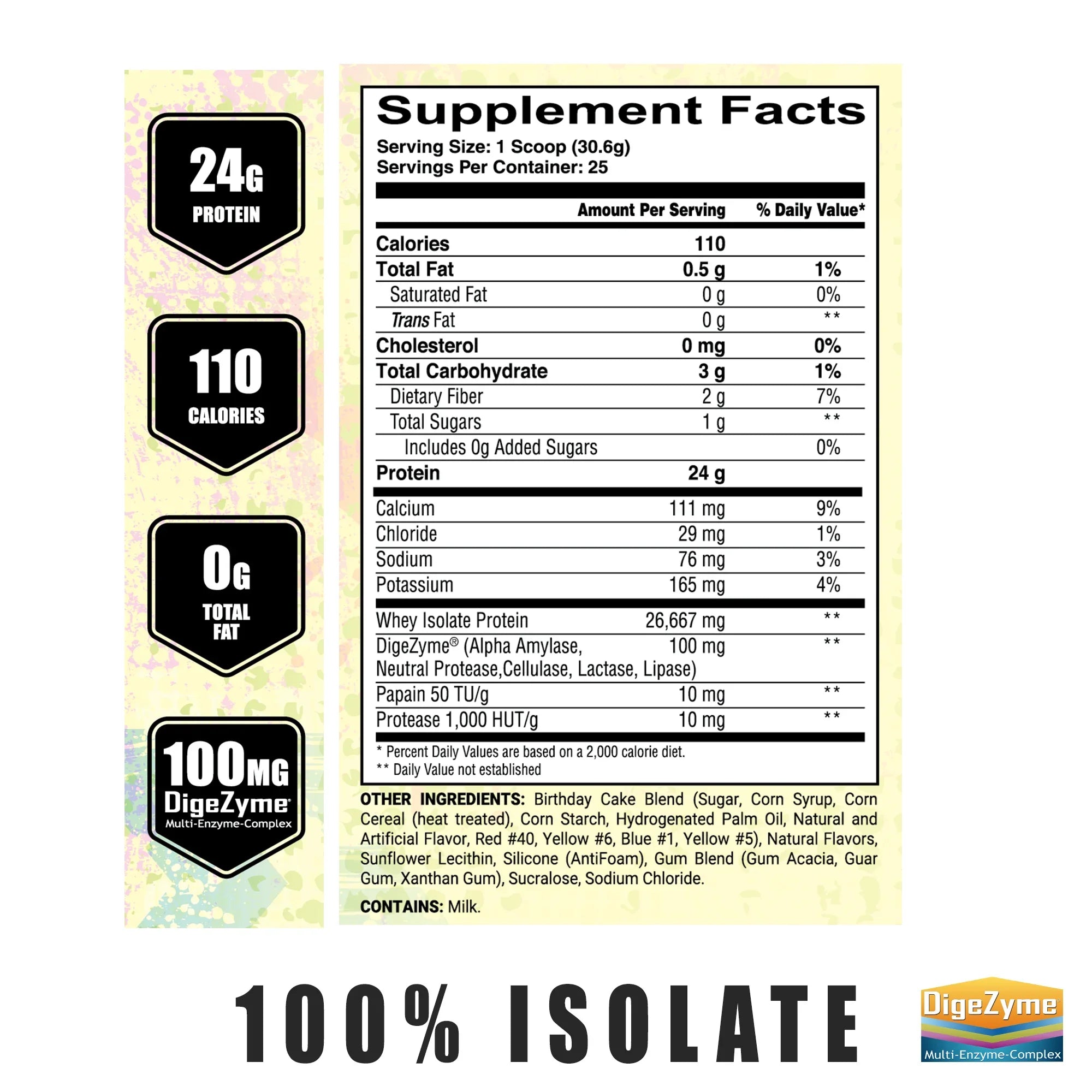
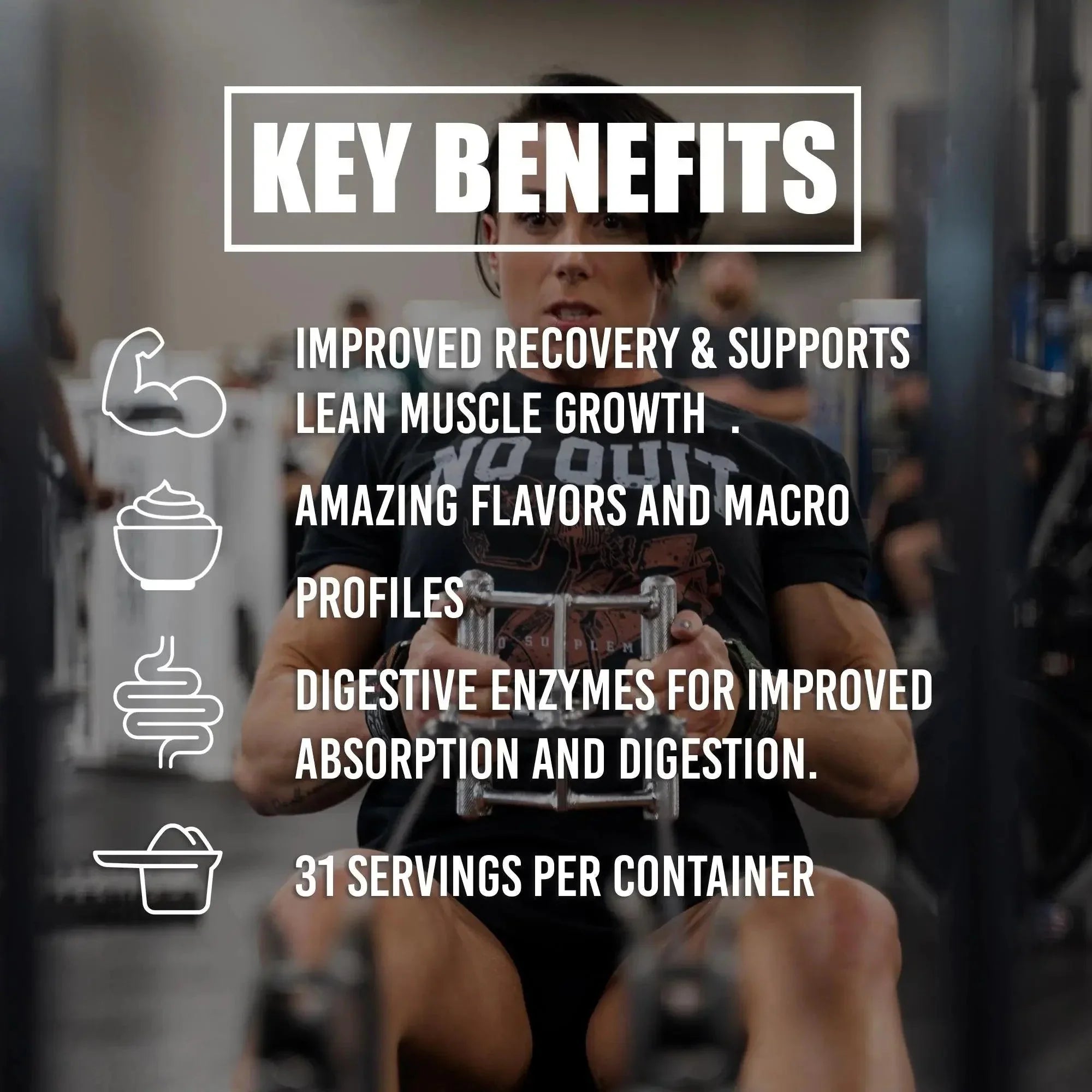

Amazing tasting protein powder
Pickup available at 11880 W. President Dr. Suite D
Usually ready in 24 hours

Post Iso
BLUEBERRY COBBLER
11880 W. President Dr. Suite D
11880 W President Dr
Suite D
Boise ID 83713
United States
The essentials
Share details of your store's product selection, or share a story that speaks to your customers.
Read more

Discover how marketing tactics and social media influencers distort the truth about supplements—and learn how to separate real science from hype when choosing your next product.
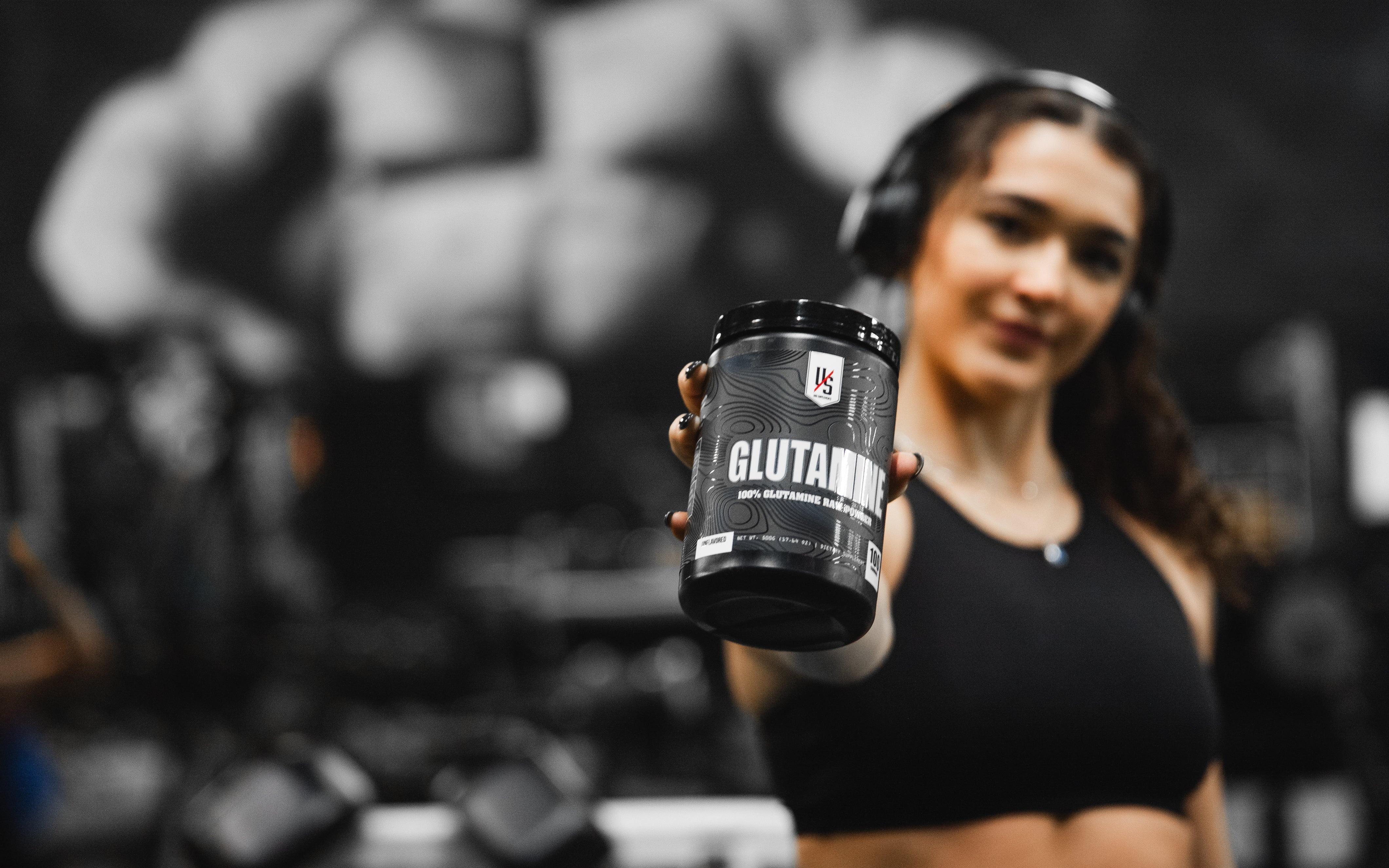
When it comes to supplements, most athletes focus on the big players—protein, creatine, pre-workouts. But one amino acid often flies under the radar despite playing a critical role in recovery and ...






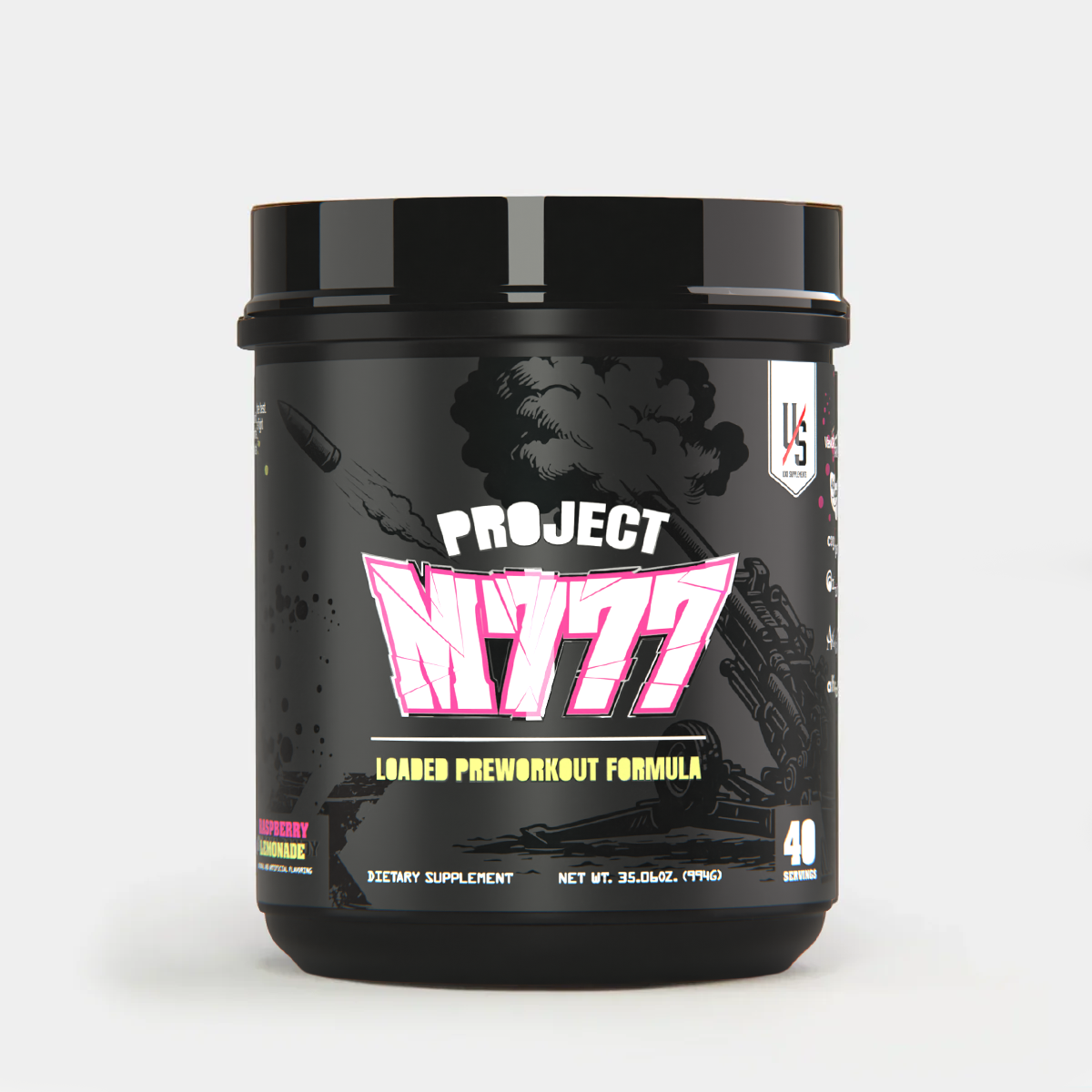
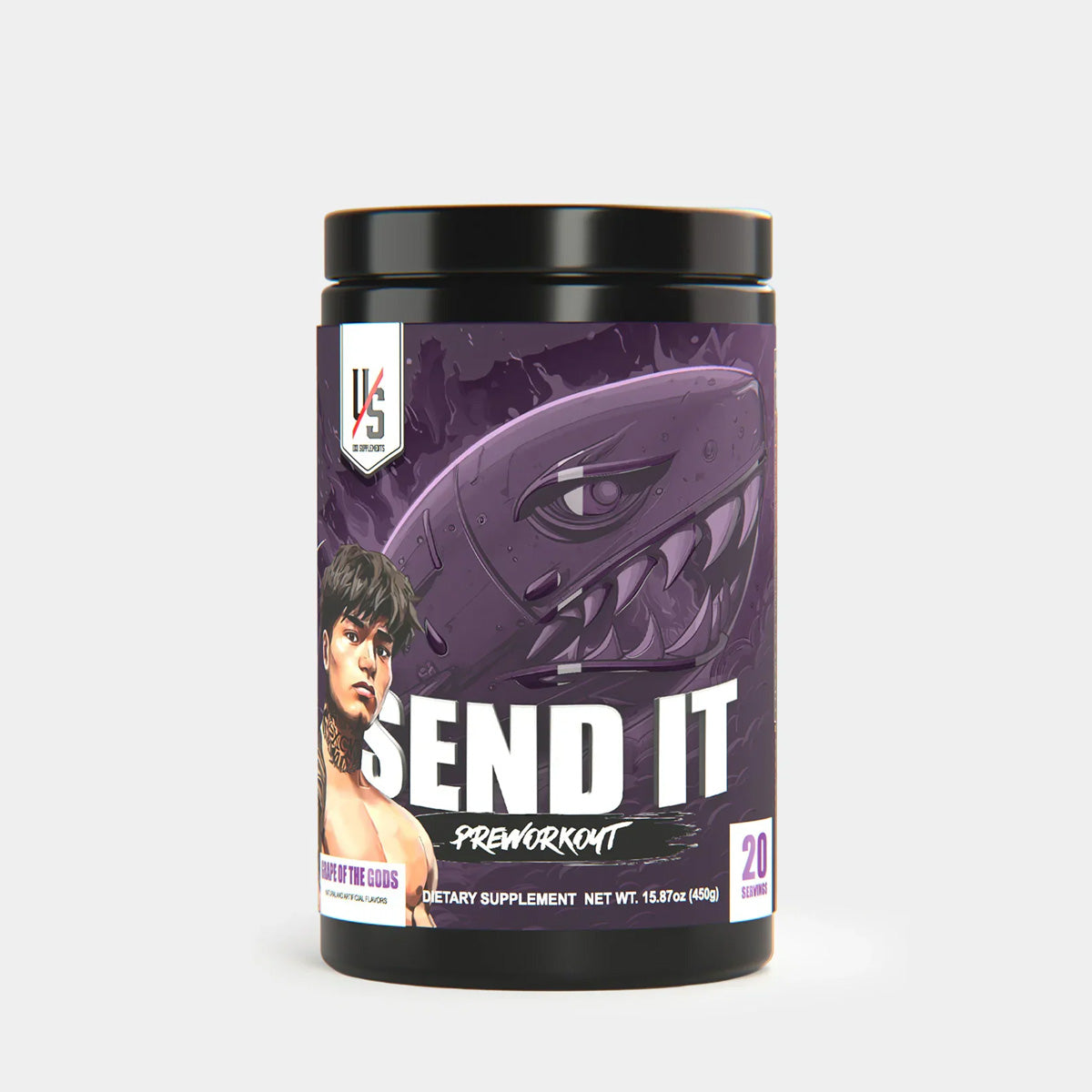
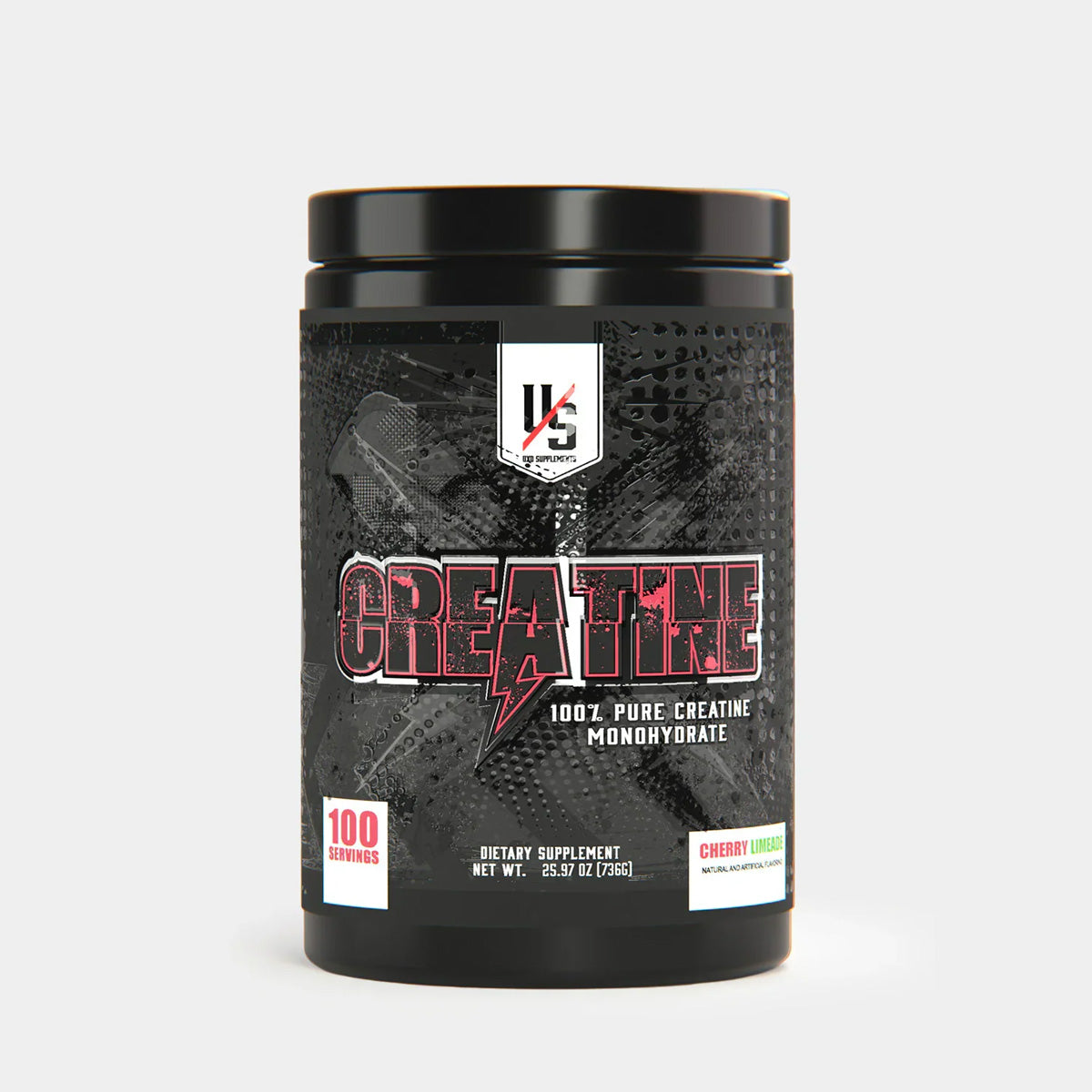
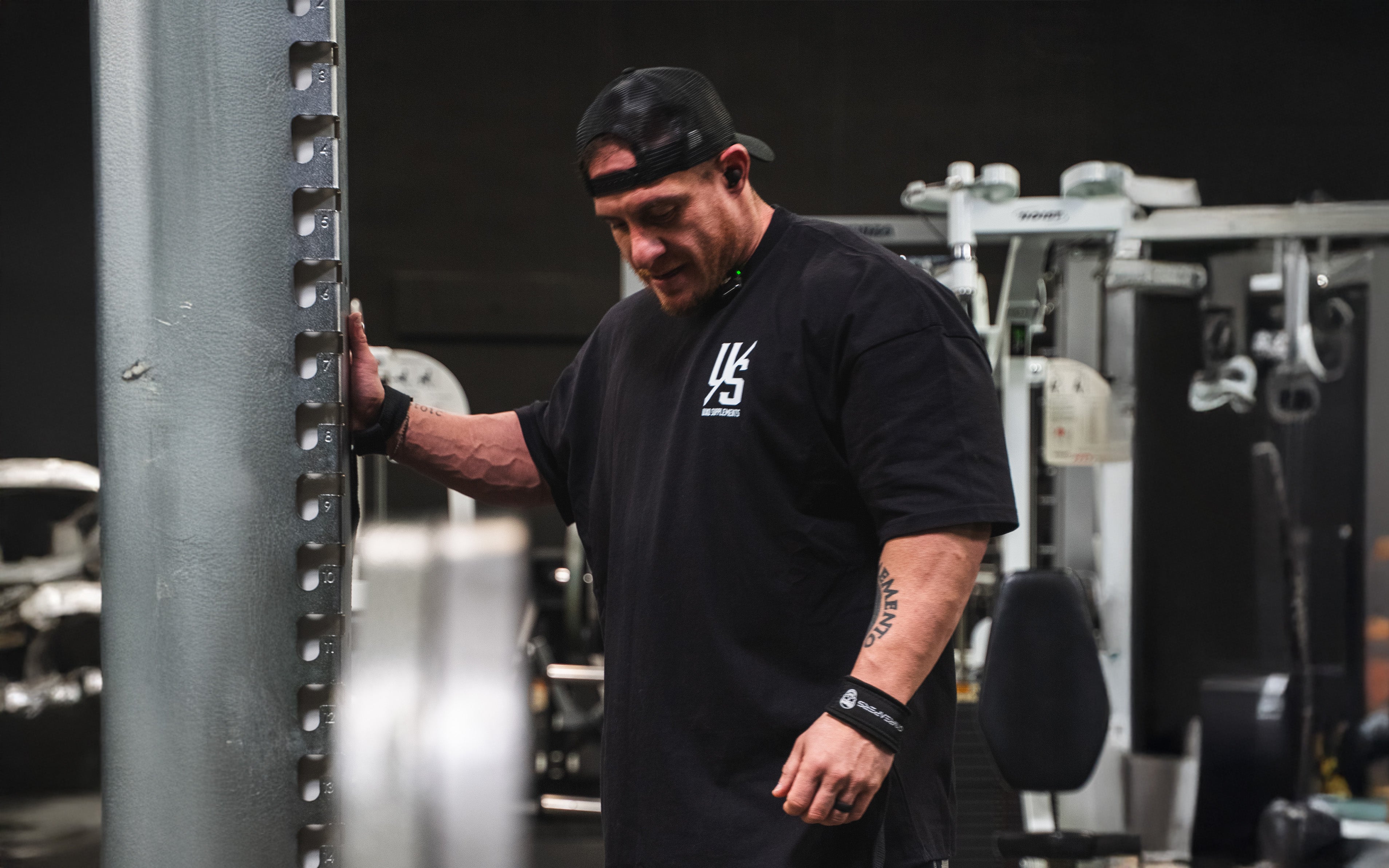
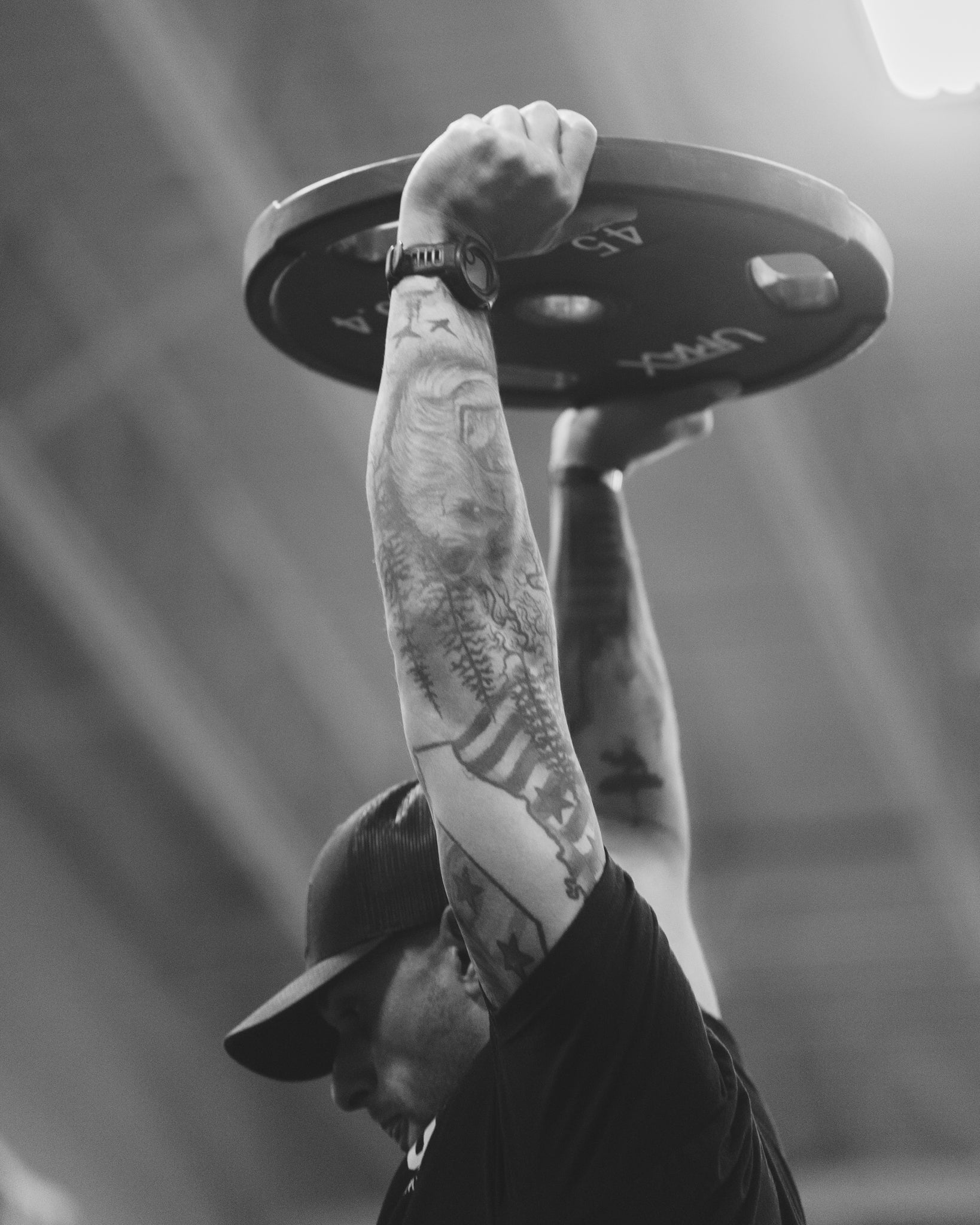
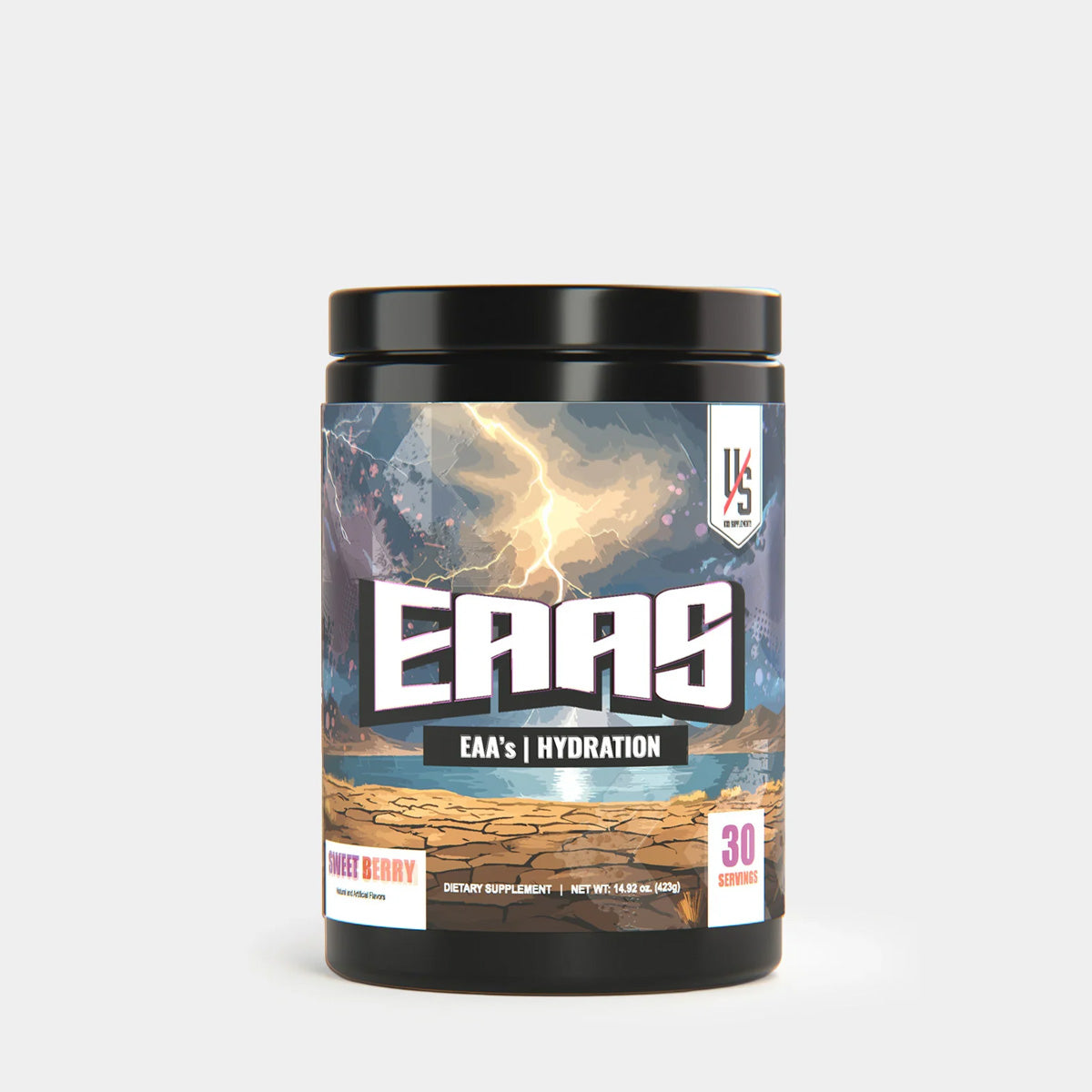
Leave a comment
All comments are moderated before being published.
This site is protected by hCaptcha and the hCaptcha Privacy Policy and Terms of Service apply.